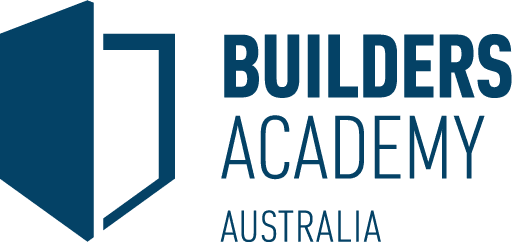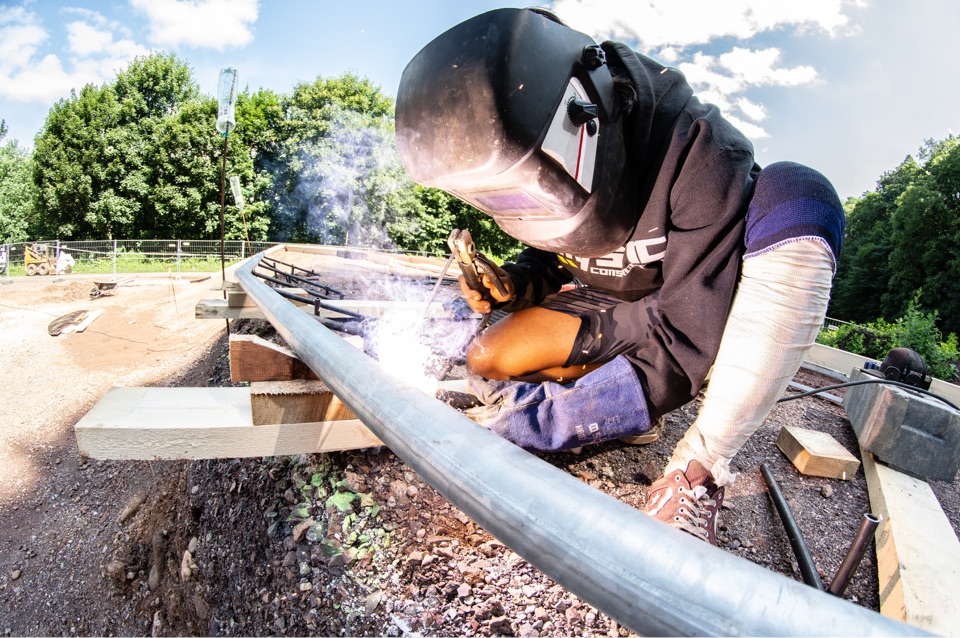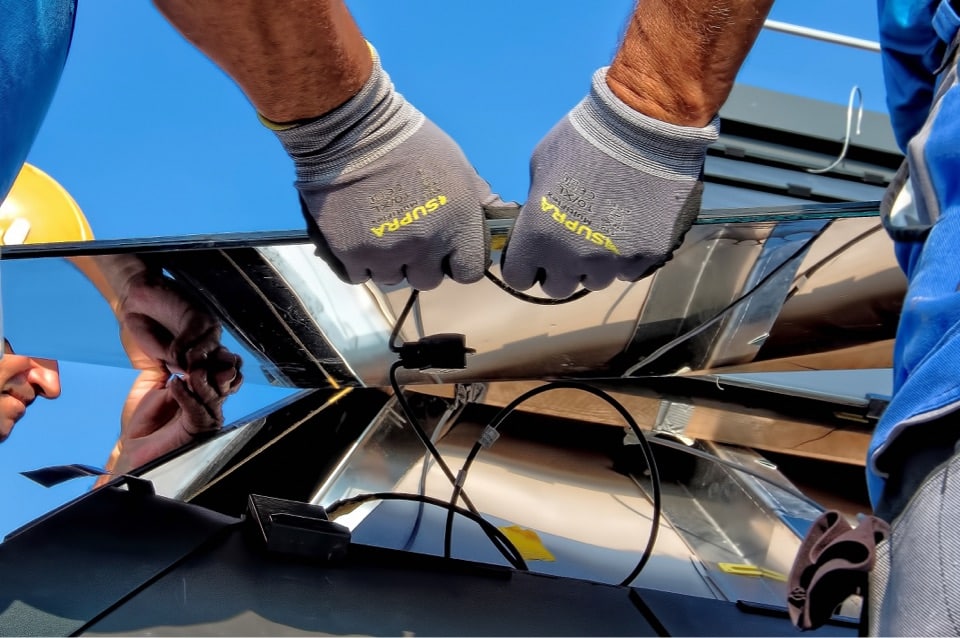5 Things You Need To Know About Construction Site Safety

Whether you’re just starting out in the construction industry or you’re looking to up your game, you’ll need to know all about construction safety. In this blog, we’ll discuss why safety is so important and let you in on the top five need-to-knows.
1. Is safety important in the construction industry?
With proper management of construction site hazards, employers and workers can minimise risks at the workplace. In doing so, we prevent injuries and fatalities.
You may be asking yourself, what is safety in the construction industry? There are a lot of things to consider so the answer may not be clear. To put it in a nutshell, construction work comes with many safety hazards and dangers. Therefore, the construction industry is governed by strict workplace health and safety regulations.
You can get informed about construction site safety by reading materials online, by taking building and construction courses or by reading your construction work code of practice.
2. What is a safe work method statement?
Safe work method statements (SWMS) are documents that help guide you in your construction site safety. It should be prepared by the employer, principal contractors, or a more senior member of the team, such as site supervisors.
In your SWMS, you will need to outline which of your construction activities are classed as high risk construction work (HRCW). You will detail the possible risks and hazards that workers will be dealing with on a daily basis.
Your SWMW will clearly explain—in easy-to-understand terms—how workers will be controlling and managing the risks. To create a SWMW, go to WorkSafe Victoria and read up on how to create a Safe Work Methods Statement.
3. Should construction workers wear protective gear?
Yes, all construction workers need their own personal protective equipment (PPE). Protective equipment includes clothing and paraphernalia. It needs to be stored properly in between uses, and checked regularly to ensure it’s in good nick.
The following personal protective equipment must be supplied at all construction sites:
- Helmet: Must be supplied on site and worn at all times.
- Safety Glasses: Workers need to be protected against debris in the air.
- High-visibility vests: These brightly coloured clothes ensure workers don’t get missed.
- Gloves: Protect workers against common cuts and grazes.
- Proper clothing: Clothing needs to be appropriate to indoor or outdoor work, and to seasons.
- Footwear: Shoes need to have anti-slip properties to reduce risk.
In addition to the above, you may need additional protective gear for your specific construction activities, like hearing protection and face shields. These are the sorts of things you learn about while undertaking building and construction courses.
4. What are ways to prevent accidents and injuries in construction sites?
Safety training is one of the best ways to prevent injuries on-site. As part of occupational health and safety (OHS), employers are required to provide safety training to building and construction workers. If you’re starting out, you might get this training as part of your induction. Or if you’re moving up in the world, you could be involved in preparing and delivering training.
Look for building and construction courses that include OHS training components or modules. You’ll get a handle on OHS requirements for construction site safety. Building and construction courses teach you about workers’ health and safety (WHS) systems and processes, how to conduct safety evaluations and practices. And finally, you’ll learn how to respond in emergencies.
Another thing to consider is that on a construction site, you may find many workers whose first language is not English. These are called culturally and linguistically diverse (CALD) workers and they might require special training in their own language to help them create a safe working environment for everyone on site.
5. What is the purpose of a construction work code of practice?
Every workplace will require a construction work Code of Practice that is approved under law. The code will need to be approved under section 274 of the Work Health and Safety Act (the WHS Act). This code gives guidance to employers and workers about ways to identify and manage risks.
SafeWork Australia has developed a model Code of Practice that employers and workers in construction can follow. In addition to this construction work code of practice, you’ll need to follow other codes that are relevant to your particular building and construction activity, whether that be demolitions or asbestos removal.
Looking to take the next step in your career with Building and Construction Courses? Contact our team at 1300 LEGEND (1300 534 363) or request a callback and we will get back to you with all the information you need!
This article has been updated and republished on 3rd April 2023.


